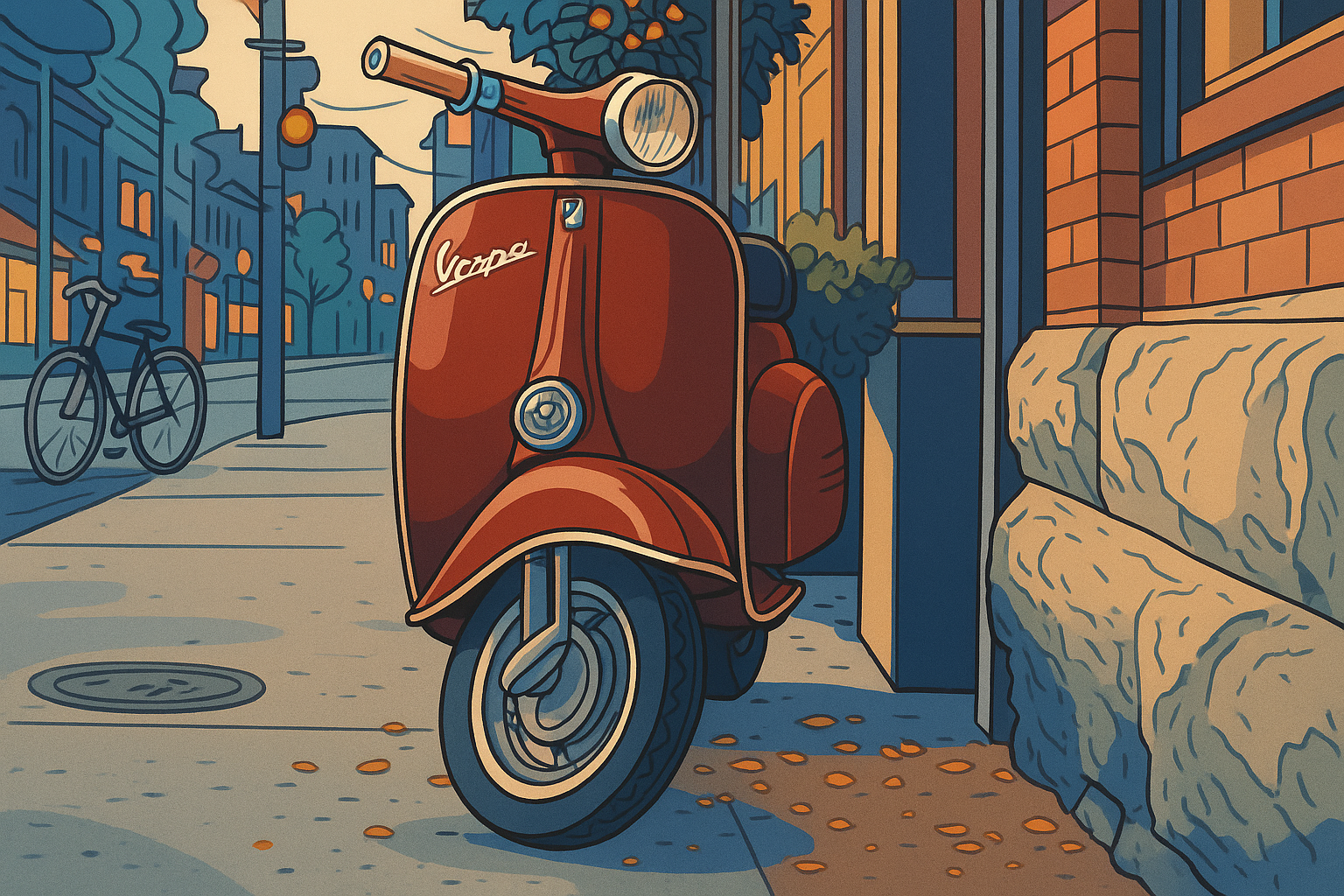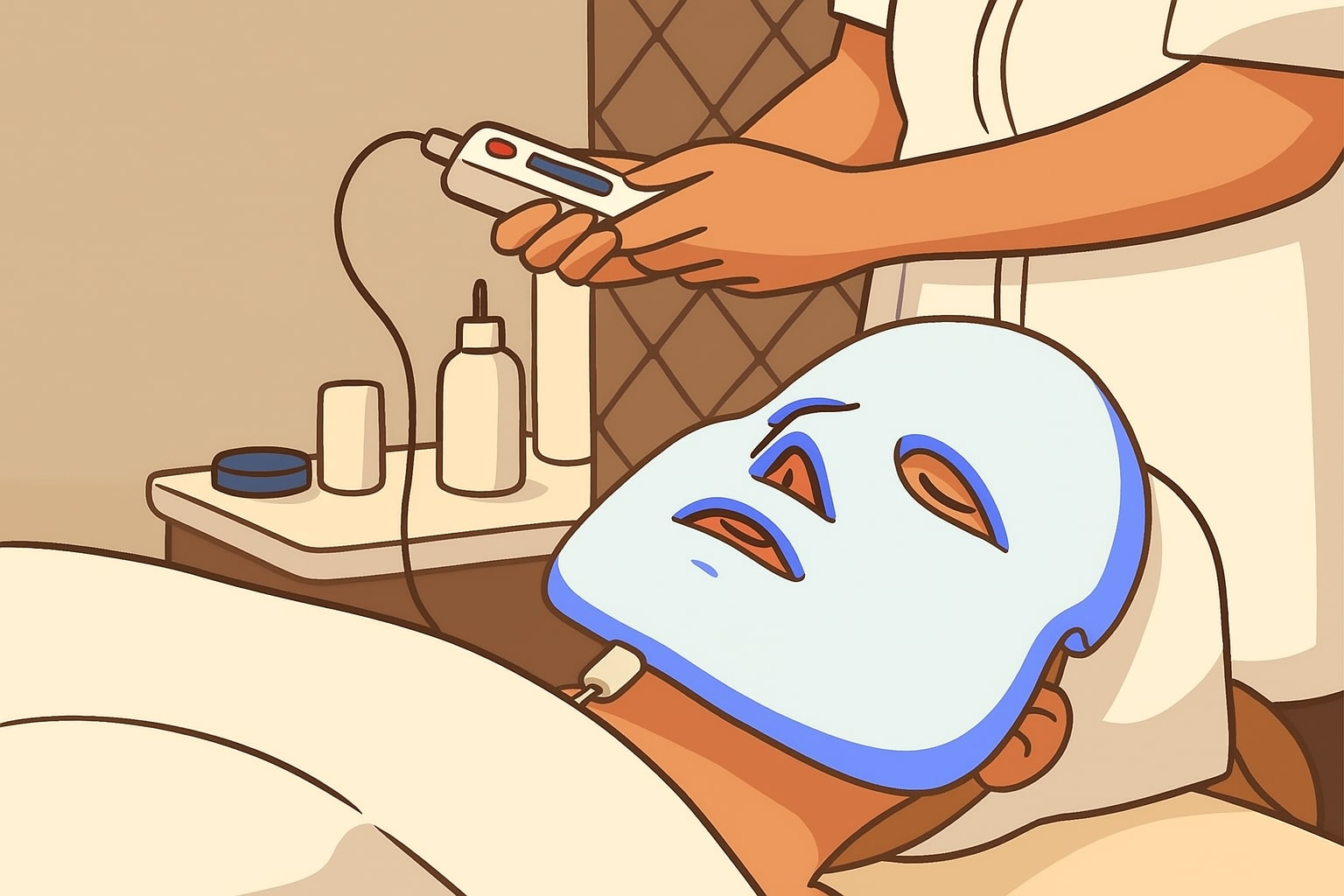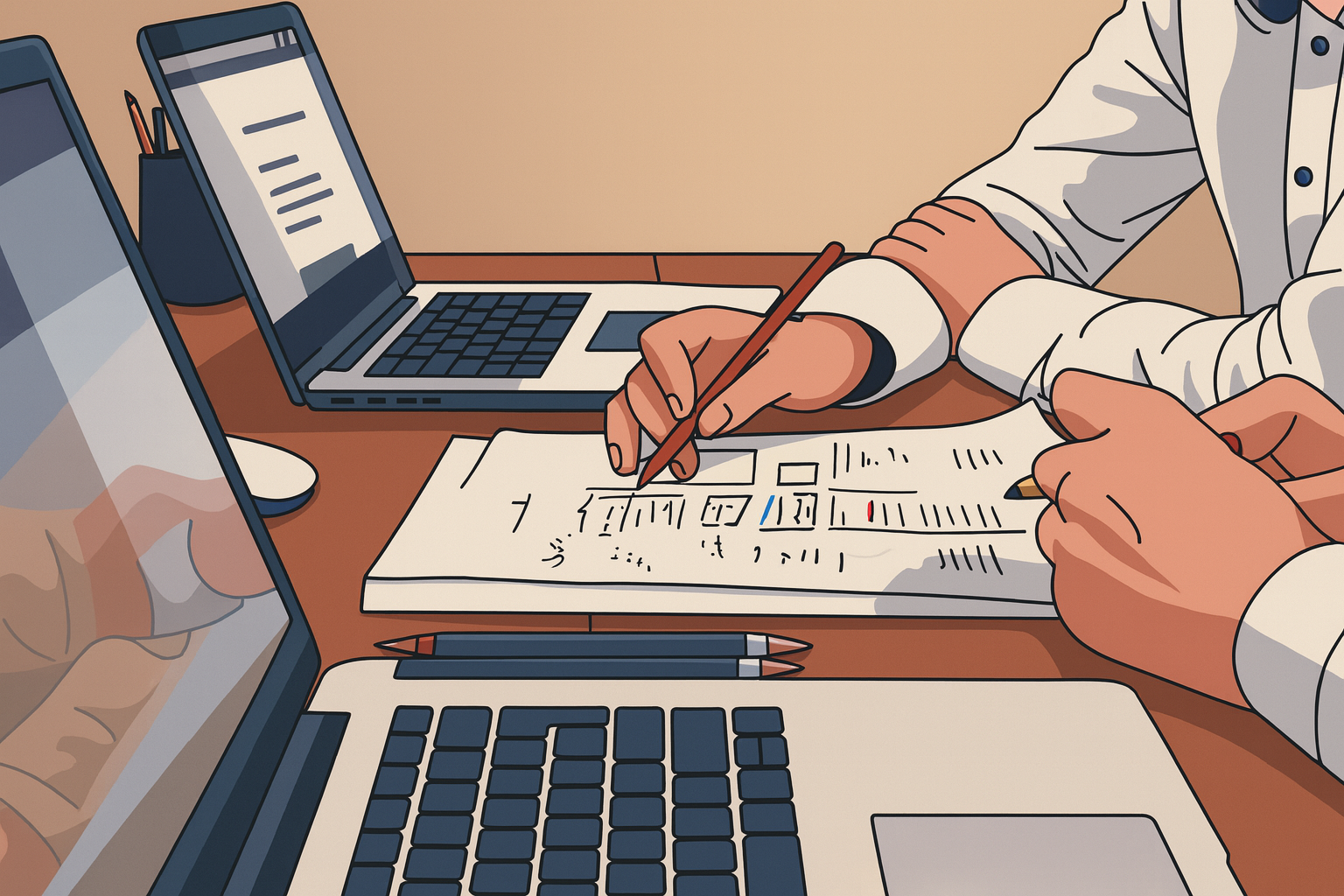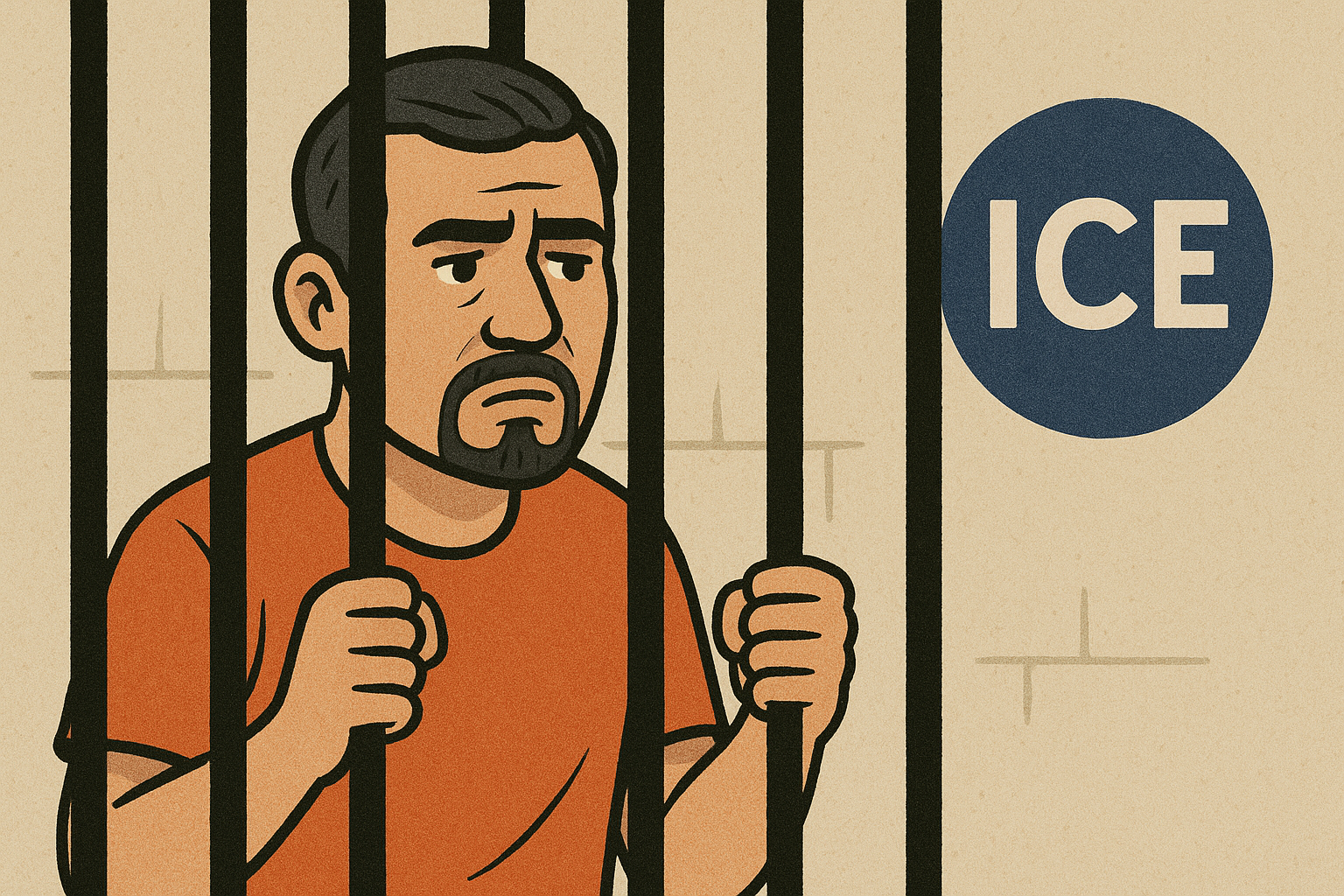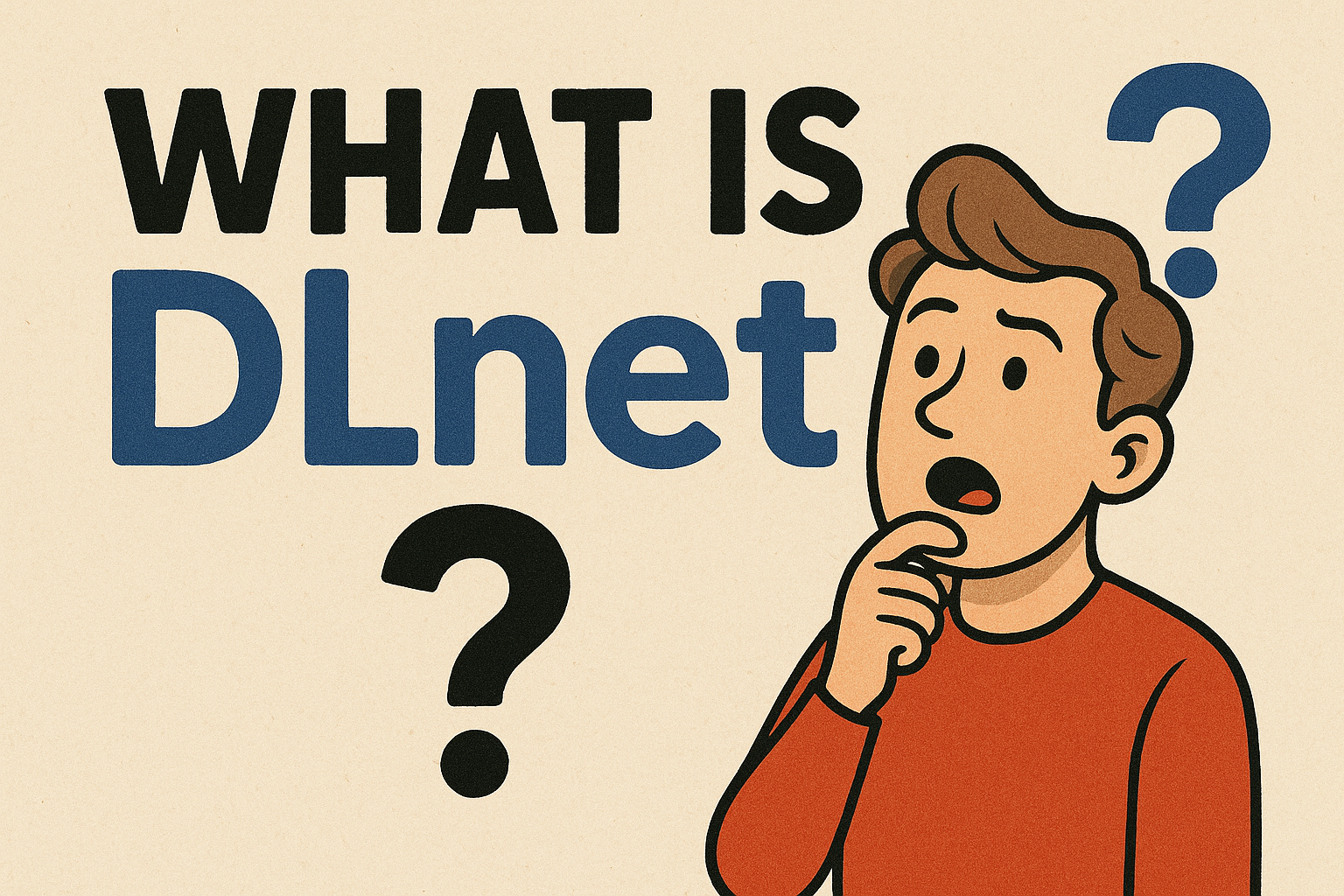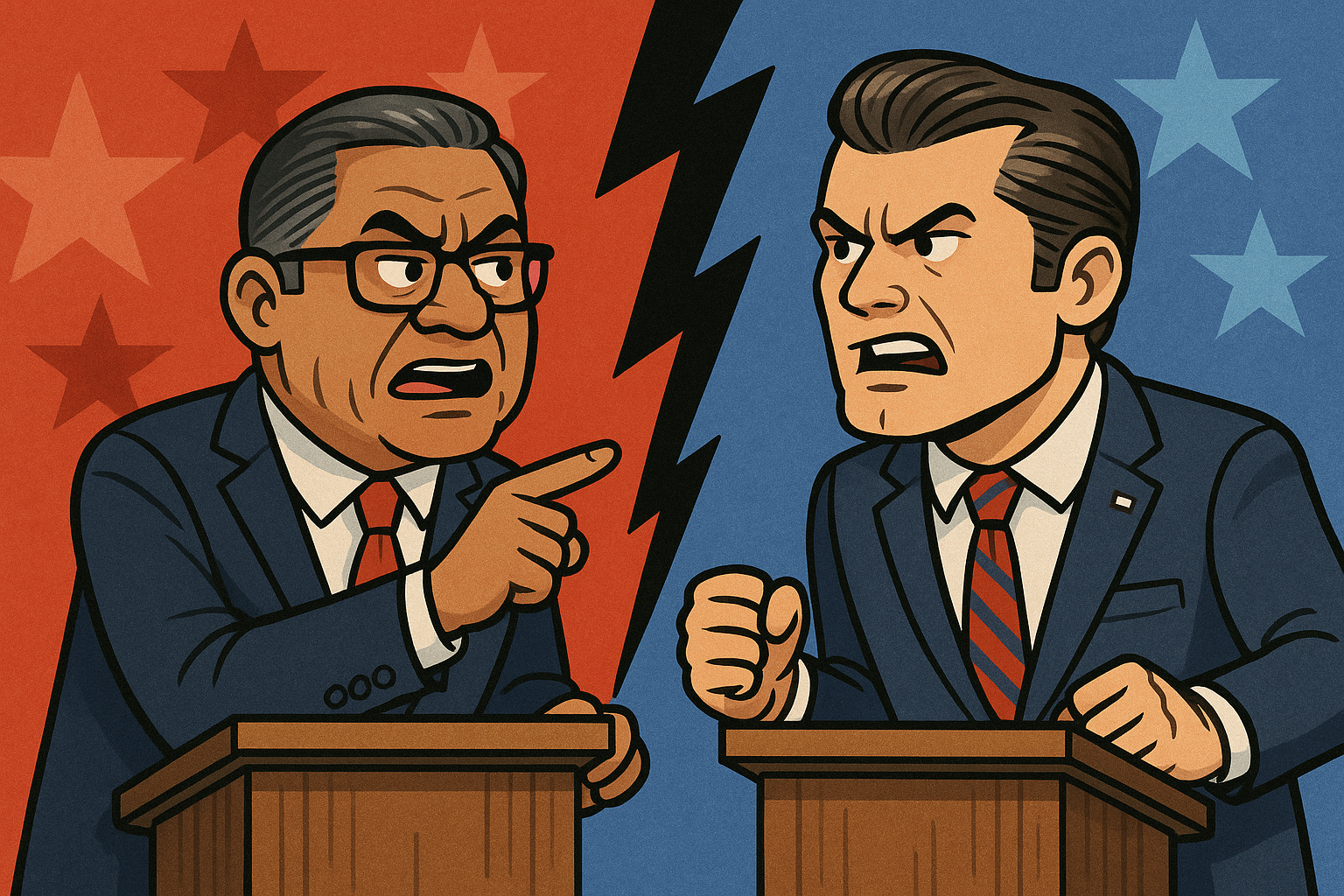Electric scooters (e-scooters) have revolutionized urban transportation by providing a fast, environmentally friendly option to cars and public transit. Yet, their popularity has preceded safety laws and infrastructure. This has resulted in an accident surge and an emerging wave of personal injury lawsuits. From fractured limbs to traumatic brain injuries, e-scooter accidents are rewriting liability claims and challenging existing legal thresholds. Below are four reasons why these injuries are becoming a growing focus of personal injury law.
1. Who is Liable When Laws Lag Behind?
E-scooter flooded city streets with little warning, catching lawmakers off guard. Few cities have definitive policies on where to ride e-scooters, how fast, or whether helmets must be worn. They’ve allowed on sidewalks in some areas, but only in bike lanes or on roads in others. This lack of consistency confuses riders, walkers, and drivers. It also increases the likelihood of accidents.
Adding to the problem, rental firms frequently pass on the blame to riders through liability releases hidden in app contracts. Such releases might state that riders accept all risks, even when the scooter is defective or not equipped with appropriate safety measures. Cities, meanwhile, are getting sued for not keeping the infrastructure in good condition, such as bike lanes filled with potholes or inadequately lit streets. Until the laws catch up, victims are left to sort out a pathwork of responsibility in which fault is seldom straightforward.
2. Shared Liability: Untangling the Web of Fault
E-scooter accidents are rarely the fault of one party. The driver may be guilty of driving distracted, but the rider may be guilty of speeding. The blame may lie with the municipality for inadequate signage, and the manufacturer may also be at fault for faulty brakes. For instance, a cyclist taking a detour to pass a car parked in the bicycle path collides with a pedestrian. In such a case, the question is whether fault should lie with the cyclist, the city (for parking cars in bike lanes), or the scooter manufacturer(for not having stability controls).
Insurance adds another level of complexity to the issue. Individual auto insurance policies tend to exclude e-scooter accidents, and coverage by rental firms is typically limited. Pedestrian victims of e-scooter may struggle to determine whom to sue, particularly if the rider flees the accident scene. All these factors together require the victim to act quickly, preserve evidence, and call attorneys who are versed in multi-party liability.
3. The Severity and Cost of E-Scooter Injuries
Unlike small bicycle scrapes, e-scooter crashes tend to result in serious injuries. Riders may suffer from head trauma in high-speed crashes or spinal cord damage in car collisions. Sudden stops can also cause fractures. Pedestrians can experience hip injuries or concussions if struck by scooters on sidewalks. These injuries commonly necessitate expensive long-term care. This includes physical therapy or missed workdays, which add to the financial burden.
Courts are also recognizing the long-term consequences of such injuries. For example, a young professional who experiences a traumatic brain injury may be awarded damages not just for medical bills, but for loss of earning capacity and reduction of quality of life. Insurers and rental companies tend to downplay these costs, arguing that riders “assumed the risk” or that injuries resulted from user error. Disproving such defenses takes diligent documentation and expert testimony to prove negligence.
4. Legal Obstacles and the Role of Specialized Advocacy
Seeking damages for e-scooter injuries is often riddled with obstacles. Victims have to deal with aggressive corporate attorneys, prejudiced insurance adjusters, and jurisdictional battles regarding where to submit claims. Rental firms tend to take cover behind arbitration provisions in user contracts, pushing injured users into private hearings instead of public courtrooms. Statutes of limitations differ by state and can also derail claims if victims hesitate.
This is where seasoned legal representation becomes essential. For example, an Orlando personal injury attorney who has handled e-scooter cases before can assist victims in identifying all responsible parties, negotiating with insurance companies, and fighting unjust waivers. Suppose a faulty scooter battery resulted in a fire.
In such a case, a lawyer may sue the manufacturer under product liability and hold the rental company responsible for failing to provide inspection and maintenance. By creating a multi-dimensional case, lawyers can provide the best chance possible for reasonable compensation for medical costs, pain and suffering, as well as future treatment.
Endnote
E-scooters are not going away, but their legal and safety challenges are just beginning to unfold. As collision numbers continue to rise, courts and lawmakers will be increasingly compelled to establish clear liability standards and enforce stricter safety protocols. For the time being, victims are left with a defective system in which responsibility is most often out of reach. As a rider, pedestrian, or driver, being aware of your rights and obtaining competent legal representation is vital to get through this new age of personal injury law.

